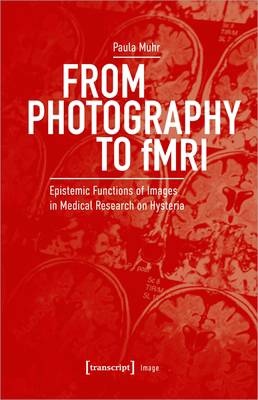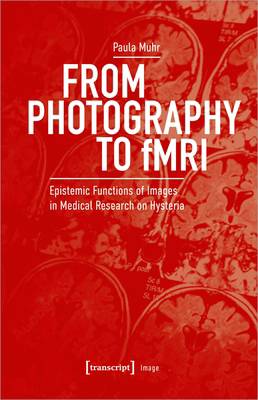
Bedankt voor het vertrouwen het afgelopen jaar! Om jou te bedanken bieden we GRATIS verzending (in België) aan op alles gedurende de hele maand januari.
- Afhalen na 1 uur in een winkel met voorraad
- In januari gratis thuislevering in België
- Ruim aanbod met 7 miljoen producten
Bedankt voor het vertrouwen het afgelopen jaar! Om jou te bedanken bieden we GRATIS verzending (in België) aan op alles gedurende de hele maand januari.
- Afhalen na 1 uur in een winkel met voorraad
- In januari gratis thuislevering in België
- Ruim aanbod met 7 miljoen producten
Zoeken
€ 135,95
+ 271 punten
Omschrijving
Hysteria, a mysterious disease known since antiquity, is said to have ceased to exist. Challenging this commonly held view, this is the first cross-disciplinary study to examine the current functional neuroimaging research into hysteria and compare it to the nineteenth-century image-based research into the same disorder. Paula Muhr's central argument is that, both in the nineteenth-century and the current neurobiological research on hysteria, images have enabled researchers to generate new medical insights. Through detailed case studies, Muhr traces how different images, from photography to functional brain scans, have reshaped the historically situated medical understanding of this disorder that defies the mind-body dualism.
Specificaties
Betrokkenen
- Auteur(s):
- Uitgeverij:
Inhoud
- Aantal bladzijden:
- 614
- Taal:
- Engels
- Reeks:
Eigenschappen
- Productcode (EAN):
- 9783837661767
- Verschijningsdatum:
- 27/09/2022
- Uitvoering:
- Paperback
- Formaat:
- Trade paperback (VS)
- Afmetingen:
- 170 mm x 244 mm
- Gewicht:
- 961 g

Alleen bij Standaard Boekhandel
+ 271 punten op je klantenkaart van Standaard Boekhandel
Beoordelingen
We publiceren alleen reviews die voldoen aan de voorwaarden voor reviews. Bekijk onze voorwaarden voor reviews.









